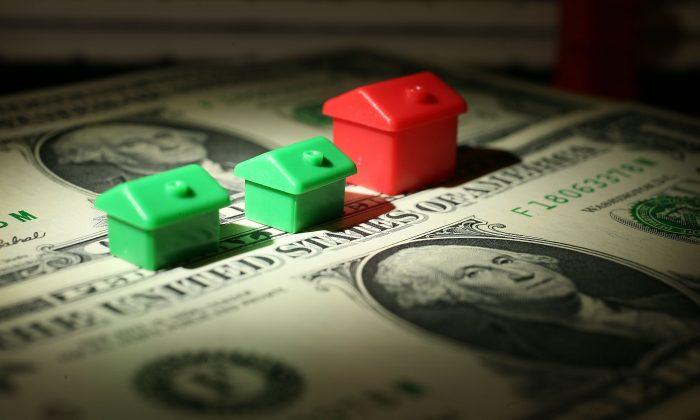Over the past two or so years, our economy has been far from “normal.” The pandemic wreaked havoc on a bustling economy seemingly overnight and quickly ignited a recession in all the G–20 countries. Despite that, in 2020, the demand for housing was insatiable, which caused huge jumps in home prices, a stark contrast to the drop in house prices that usually occurs in a recession.
The housing market isn’t the only thing that made the recession of 2020 a statistical outlier. Unlike other recessions, which are usually the result of a longer-term boom and bust cycle, this recession was the immediate result of COVID-related lockdowns. Across virtually every sector, businesses were forced to close down immediately, and employees were either furloughed or laid off. Thankfully, with the availability of vaccines, a major recovery kicked in in 2021.
And what a recovery. In 2021, the GDP grew the fastest it had since 1984, successfully reabsorbing all pandemic losses while adding 6.2 million jobs to the economy. Thanks to these factors, Americans as a whole found themselves with more disposable income than they had in 2019 or 2020.
Currently, this recovery is being threatened by a powerful force: record-high inflation. The year-over-year inflation rate in March 2022 was a whopping 8.5 percent, the highest it has been since 1981. A lot of this inflation is the result of infusing so much capital into the economy through economic stimulus efforts during the worst of the pandemic. Now, labor shortages, supply chain issues, and other global events are causing prices to spike.
Inverted Yield Curve
There’s another indicator besides inflation that a recession is looming, and that’s the inverted yield curve. A yield curve is important to economic forecasters because it plots the yield of all U.S. Treasury securities. Typically, a yield curve slopes upward, which is a sign that long-term interest rates are higher than short-term interest rates. This is the case because holding debt for a longer term is inherently riskier than holding short-term debt.An inverted yield curve is atypical and results from investors’ expectations that longer-term interest rates will decline, which is usually a precursor to a recession. An inverted yield curve has preceded every recession since 1955 and happens when investors expect long-term interest rates will decline, which happens in a recession.
When you see an increase in short-term rates, which is what an inverted yield curve reflects, banks will increase the rates for any borrowing, including mortgages, small business loans, car loans, and credit cards. When borrowing becomes too expensive, economic growth is suppressed, which pushes the economy closer to a recession.

Protecting Your Money
While the possibility of a recession is looming, it doesn’t have to spell economic doom. As a real estate developer, I have weathered several recessions, and I’ve learned through experience how to minimize losses. These are the steps that have helped me weather economic downturns.- Minimize your cash reserves.
An emergency fund is useful, but storing large sums of cash in a savings account will erode the buying power of your money. As I stated previously, the current rate of inflation is 8.5 percent. That means that if I were to deposit $100,000 into a savings account and the inflation rate didn’t change, one year later the buying power of that same sum would be closer to $92,000.
- Invest in assets that can hedge against inflation.
During periods of high inflation, it’s better to invest in types of assets that will hold their value. Gold is an excellent investment, and has historically acted as a backup currency in volatile economies. Commodities are also prudent investments during periods of high inflation. Commodities include a wide range of products, including oil, natural gas, different types of crops, and precious metals. Of course, individual commodities can fluctuate, which is why it’s a good idea to invest in funds that are a composite of multiple types of commodities.
- Refinance any adjustable-rate debt.





